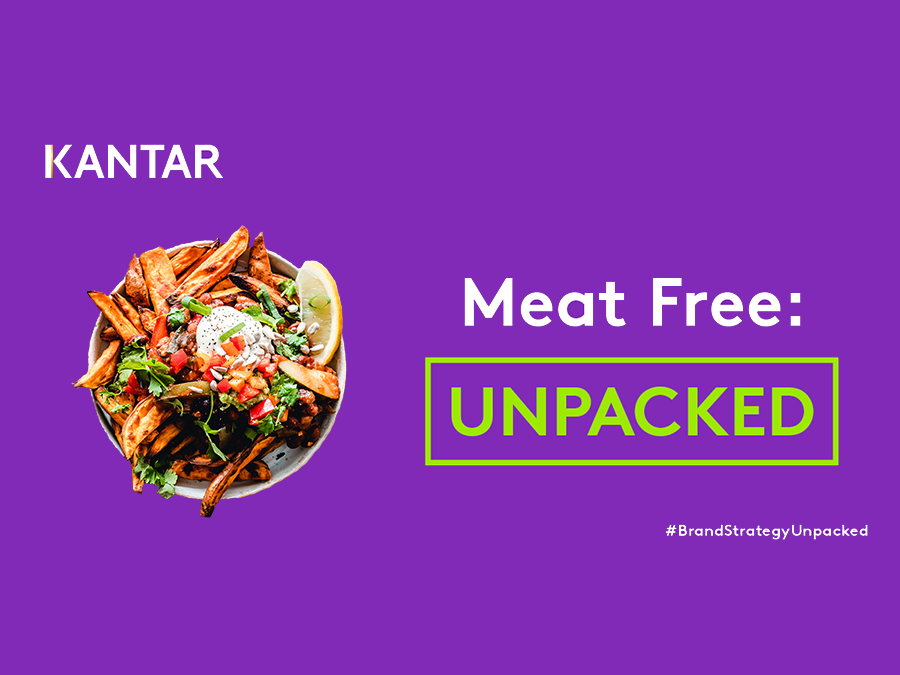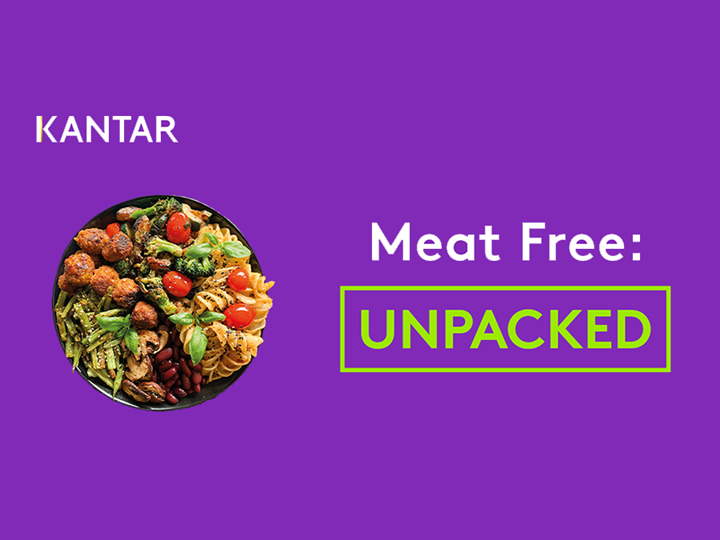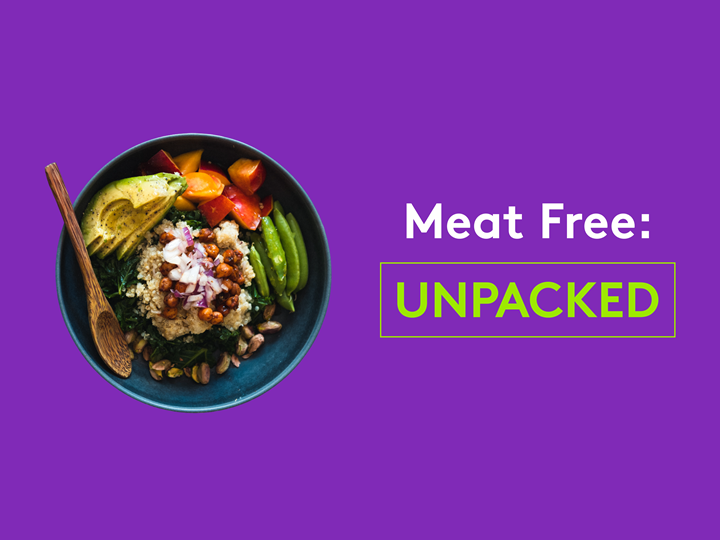In our #BrandStrategyUnpacked series so far, we’ve focused on understanding the market: uncovering opportunities for brands and looking at ways to build meaning and maintain momentum in the market. We are now diving into prioritising choices as part of #BrandStrategy. Which are the most valuable opportunities for your brand to go after? And how can brands authentically activate their difference in a meaningful way?
One of the least surprising things we uncovered is that price is very much front of mind for all UK consumers. Brands need to create perceptions of value to get people to part with their hard-earned cash. But how do brands achieve this?
Meaningful difference is what drives perceptions of being worth paying more for.
Evidence from the #Kantar #BrandZ database, that covers almost 20,000 brands in over 500 categories across more than 50 markets, shows that meaningful difference is the key to value creation. By modelling BrandZ brand valuations alongside brand equity data, we know that brands that are strongly meaningful, different, and salient achieve five times the commercial brand value growth vs. brands who aren’t.
Last year, we found something significant, that is especially important for brands in price sensitive markets. We found that what matters if you’re trying to get people to pay more is quite different to what matters if you’re trying to get people to buy more.
How meaningful and salient a brand is, explains 80% of what makes someone want to buy it. This is because, being meaningful and salient helps a brand come to mind more easily; become more mentally available.
However, how meaningful and different a brand is, explains 94% of how much someone is willing to pay for it. Difference here is defined as standing out as unique and leading the way. Meaningful difference is what drives perceptions of being worth paying more for. It is integral to pricing power. So, difference makes the difference.
But how do brands design for difference, while chasing meaning, in a rapidly evolving market?
This is holy grail type stuff that does require some degree of creative magic, but I can offer you three tangible ingredients:
1. Be clear on your core.
Brands need to know what they are about beyond the product that they are offering. Marketers need a deep understanding of their brand, what it brings to the world, what sets it apart and how it
As Les Binet said at a recent Kantar event, ‘there are no examples whatsoever, in our nearly 2000 case studies, of people who have managed to persuade the public to pay more for things by rational argument…The key to pricing power is to get people to feel something about your brand. To disengage the rational brain. To make people just want the thing, at any price.’ Emotive positioning is key to defining your difference.
We looked at the #meatfree market through an emotive positioning lens. On the elliptical map below, each of the colours represents a different expression of consumers’ emotive needs. The closer to the edge of the ellipse a brand is, the stronger its emotive clarity. On this basis, few UK meat free brands have an offer that’s super clear at an emotive level. While not yet pin sharp, market leader, #Quorn is definitely ahead of the pack and different to the others.

Kantar Meat Free U&A, April 2023, n=1204
2. Execute consistently.
The second important ingredient in establishing difference is consistency. The stronger your consistency, the stronger your difference. This makes sense when we think about how brands are built. They’re built in our memories, in small increments. Little connections accrued across a lifetime of experience and exposure to many touch points. If a brand is showing up in a consistent, congruent way that sets it apart, it will score higher on difference.
This is easier said than done. It requires discipline and alignment on what you need to keep consistent - being clear on your core, as mentioned above.
We used our whizzy emotive AI decoder to assess whether Quorn was showing up with consistent emotive tonality across touch points. It was. And no, it’s not just because its logo is orange. The tonality that it portrays aligns with what people expect from the brand. This means that new encounters with Quorn will reinforce existing brand memories.

Kantar NeedScope Ai & expert decoding
3. Reinforce, while reinventing.
The third ingredient is the trickiest of all to achieve, especially in a rapidly evolving market where running is the new staying still.
You need to master the art of evolving yet staying the same.
To do this, you need to strike the balance between reinvention and reinforcement. The balance between being human centric enough to ensure your brand remains relevant and being brand centric enough to ensure that you are reinforcing brand memories congruently.
Taking this approach ensures that even while you’re changing, you build on and maintain the shared and enduring associations your brand owns.
#McDonalds is a great practitioner of this, evolving their outlets, menus and routes to market to meet the changing needs of new generations. We now see a world of flat whites, #McPlant burgers and #McDelivery all seamlessly blended with the stalwarts #BigMac and #HappyMeal. While McDonald’s evolution has been constant, in every reinvention they have remained true to their core. This means that they always seem fresh and contemporary, while weirdly it seems that nothing has changed at all.
We’re increasingly seeing that brands who can execute in a way that is different to the competition, authentic to themselves but consistent across time and across touch point are more different.
For the brands in the meat free market who are looking to drive value by delivering to both health and taste as well as the need for plant-based solutions, this means ensuring that the way reinventions are executed: reinforces their core authentically and is consistent across time and touch point. This will be key to cementing their difference.
Look out for further ways to drive meaning and difference in this market in our next #BrandStrategyUnpacked installments. Follow the hashtag to make sure you don’t miss them.



